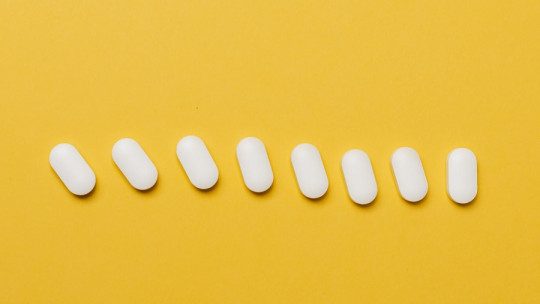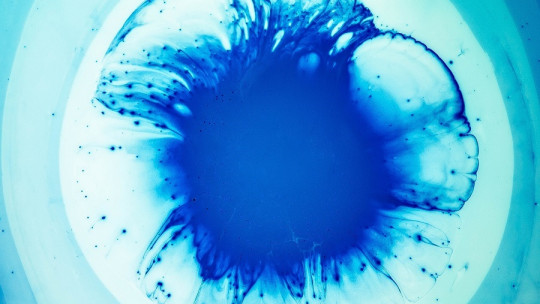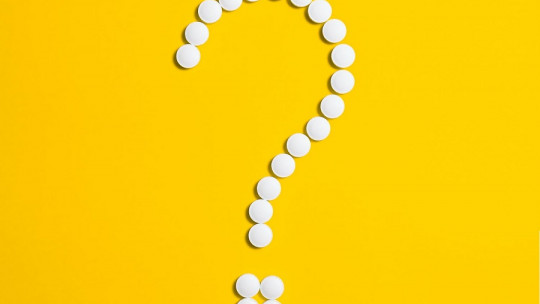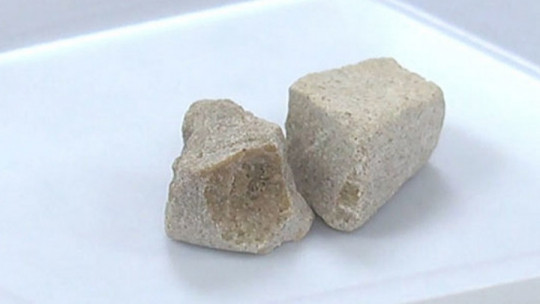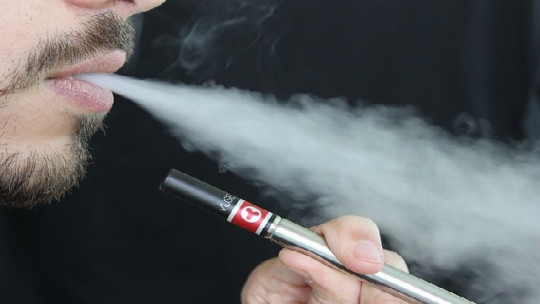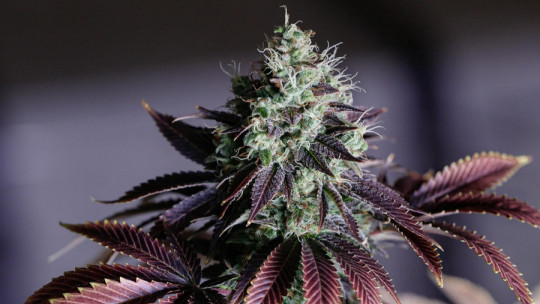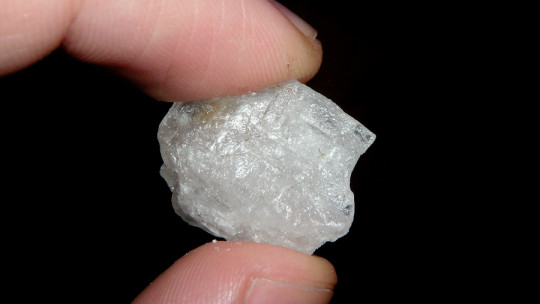
Something that defines drugs is that, beyond their potential psychoactive effects and their ability to generate serious addictions, they have reached practically every corner of human societies. Today we can talk about mass drug consumption, and in some cases, its use has become so normalized that it can even be controversial to talk about the harmful effects of some of the most popular drugs.
In this article We will review the most consumed drugs in the world and we will see their characteristics, and why they are harmful and a reason for professional assistance in case of addiction.
How does drug addiction arise on a mass scale?
In the world, there are many substances with the ability to enter the human brain and interfere with its functioning. Many of them, in addition, not only alter the normal dynamics of the nervous system, but also make changes to it that predispose us to want to repeat the experience of consuming that substance.
This process by which consuming something directly affects our behavior, going to the base of everything we do, the brain, has meant that not only have millions of people seen their lives turned upside down due to drugs, but Even drug consumption can now be understood as a sociological phenomenon, which does not occur in isolated individuals.
Of course, many psychologists see in this fact the need to offer services specially designed to help addicted people. Andrés Quinteros Turinetto, psychologist and Director of the Cepsim Psychology Center, with several locations in Madrid, points out that addictions are so complex that at the center they arise intervention programs in which we always work from a double psychiatric and psychotherapeutic approach
To take care of this, the Cepsim team has created an institution called CEPSIM-CETRAD, which starts from the beginning with a comprehensive therapy that combines both approaches. Doing it any other way would not be as effective, says Adrés Quinteros, because Where there is behavior (psychology) there is a functioning brain (psychiatry), and vice versa
Therefore, whenever we talk about the most consumed drugs, we are not only talking about substances, but also about the behavioral dynamics that usually go hand in hand with their consumption: addictive substances are nothing without the actions that lead to wanting to consume more, and Mental health professionals can work to modify these behavior patterns.
The most consumed drugs, and their effects
As we have seen, although the most popular and used drugs vary in terms of their effects, they are all based on changes in the brain and modifications in the consumer’s behavior, predisposing them to continue using. This vicious circle is responsible for the fact that today there are substances as ubiquitous as the following.
1. Alcohol
We must not forget that alcohol is a drug, which although it is legal in practically all countries, It has two characteristics that make it very dangerous: It is one of the most addictive, and its effects greatly increase the probability of death not only in those who consume it, but also in others, because it leads to risky behavior. Furthermore, it is one of the most consumed drugs, and the age at which people begin to drink products containing this substance is increasingly lower.
On the other hand, the process of quitting alcohol is one of the most complicated, due to the aforementioned intensity of dependence that it generates in consumers who abuse the drink. Thus, Treatment by medical and psychological professionals is essential says Andrés Quinteros.
2. Tobacco
Tobacco is another drug so popular that we often forget what it is.
It is a highly addictive substance with a very significant impact on our health, since although its effects on the mind are not usually as intense as those of the rest of the drugs that we see around here (beyond predisposing us to adjust our behavior to addiction), it damages our system. circulatory and in addition to greatly increasing our chances of suffering from cancer, it makes the body in general function worse and age faster.
3. Cocaine
Cocaine It is one of the most consumed psychostimulants and it also appears in very different contexts: from parties and concerts to offices and workplaces, and of course also in homes.
This is because the excitatory effects of cocaine are not only sought for the feeling of euphoria they produce, but also certain work environments are so harsh that workers see short-term support in this substance.
4. Amphetamine
Amphetamines are based on excessive potentiation of the effects of dopamine and norepinephrine substances that are naturally present in the brain and that act as neurotransmitters, that is, messenger molecules that go from one neuron to another.
On the other hand, its stimulant effects of amphetamines have meant that in certain cases, and only under medical supervision, versions of this substance are used as drugs to treat some disorders, such as narcolepsy or ADHD.
Andrés Quinteros points out that the use of this substance as a drug, although it can be relatively beneficial in specific cases, always goes hand in hand with the risk of patients developing dependence.
5. Methamphetamine
Methamphetamine is a psychostimulant related to amphetamine, which as we have seen is also one of the most consumed drugs, especially in countries with Western culture. It is also one of the most addictive drugs in the world, a fact that is very present in drug trafficking and is only available legally through a doctor’s prescription.
Although the effects of this substance begin with a state of general excitement, Andrés Quinteros explains that many of the people hooked on this drug end up in a state of stagnation and constant exhaustion because become unable to sleep for several days
6. Cannabis
Cannabis or marijuana is a substance extracted from the various variants of the Cannabis sativa plant, and It bases its psychoactive functioning on a molecule called tetrahydrocannabinol, or THC Marijuana has the particularity that it presents ambivalence in terms of its ability to induce states of depression or activation of the nervous system, since it is capable of generating states of calm and relaxation as well as excitement and euphoria.
On the other hand, other typical effects of cannabis are disorder of ideas and speech, disorientation and induction of states of confusion or even paranoia. In some cases, dissociative effects also appear, such as hallucinations or derealization; and it is worth not forgetting one of its most dangerous effects: its ability to trigger psychotic breaks in people genetically predisposed to it.
While other widely consumed drugs are used mainly in social contexts, in comparison the characteristics of cannabis favor this substance to be consumed alone or in very small groups, maintaining a passive attitude.
On the other hand, although cannabis is not as addictive as other illegal drugs, It has been seen that it is capable of generating dependency something to which adolescents and young adults, primary marijuana users, are especially vulnerable.
7. MDMA
Also known as Ecstasy or Molly, this drug is linked to recreational contexts and specifically to electronic music events, although its popularity is such that it has long gone beyond that type of scene. In fact, it is one of the drugs most consumed by young people on weekends, usually while socializing.
The effects of MDMA, which appear 45 minutes after ingesting the dose, have to do with the appearance of a feeling of satisfaction and euphoria, as well as greater extraversion and desire to socialize. But beyond its effects as a stimulant drug, Ecstasy can cause very dangerous imbalances in the body’s ability to regulate temperature, as well as high-risk kidney complications.

